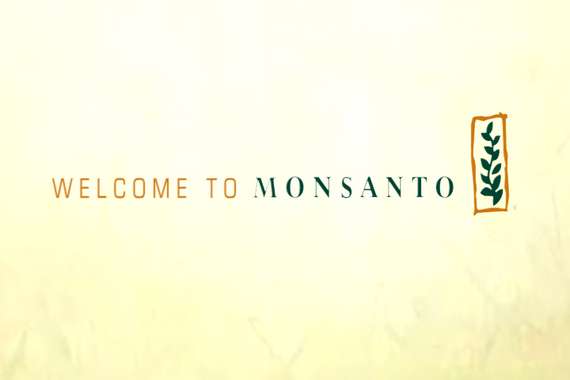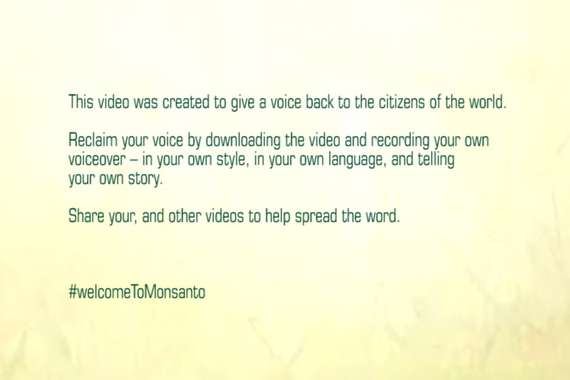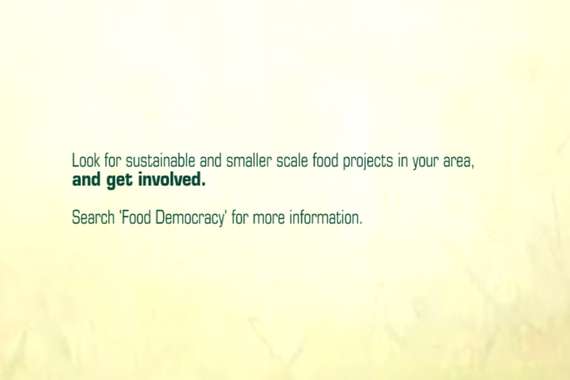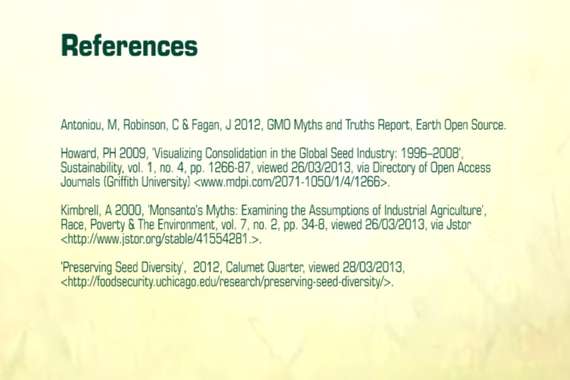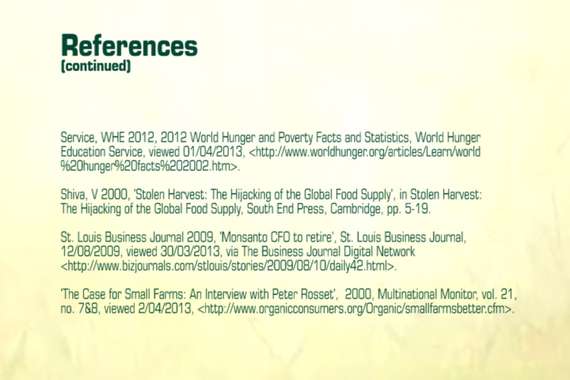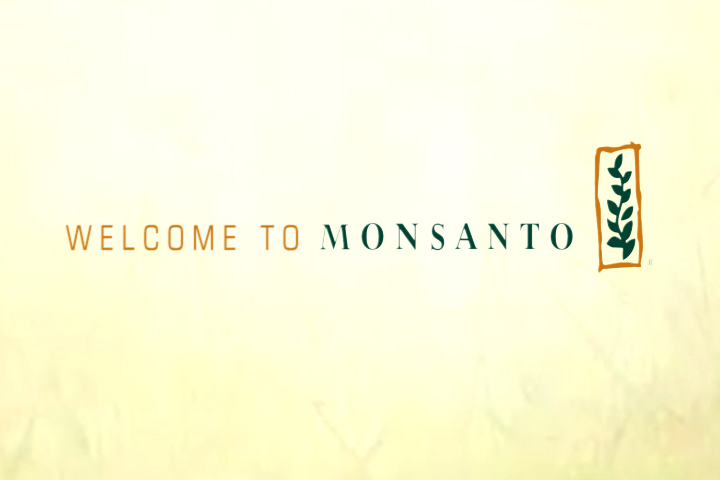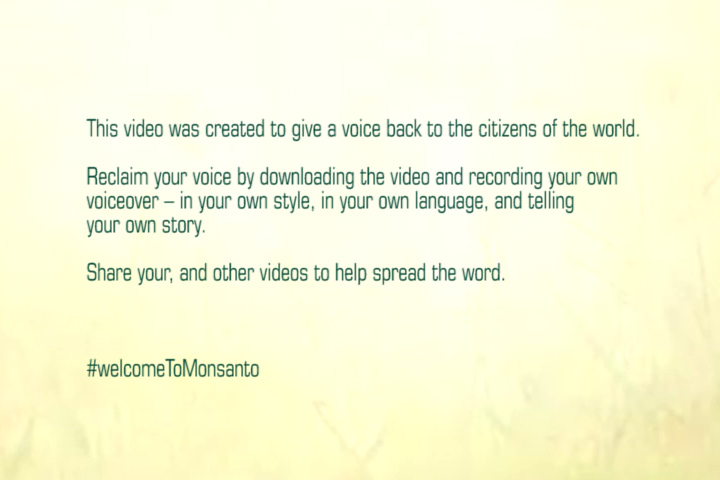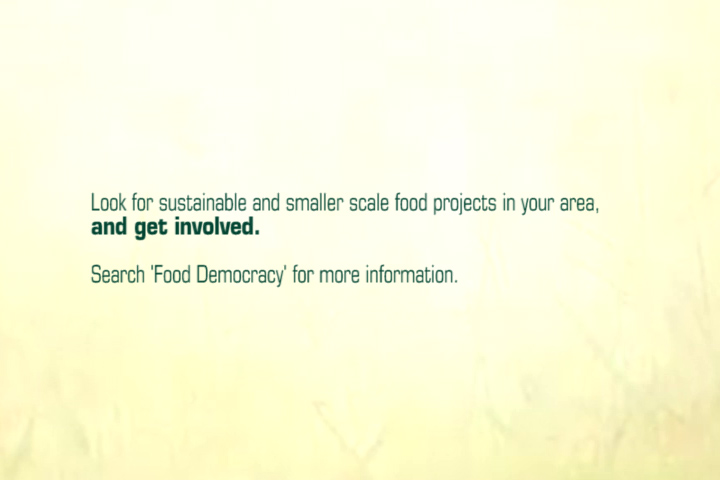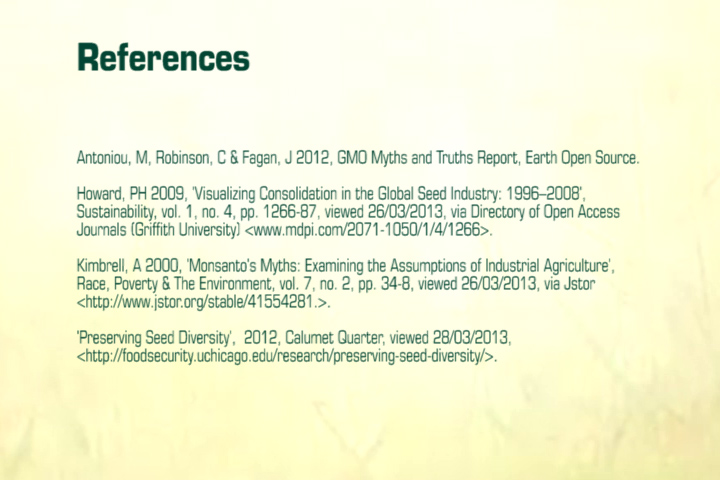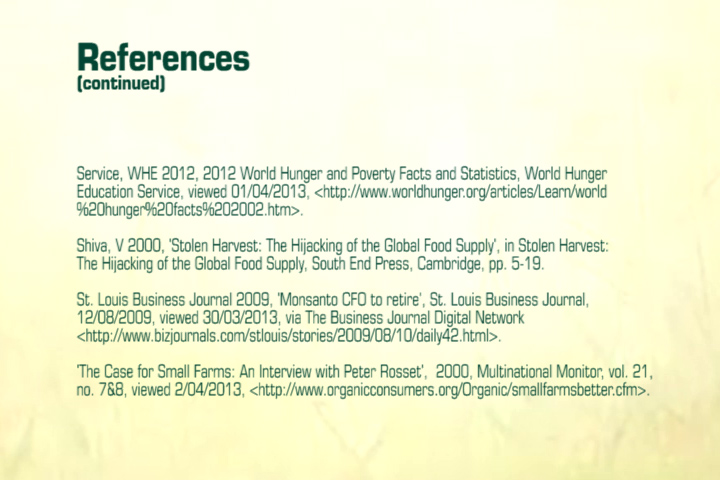Welcome to Monsanto
by g_ac
Files
This work has been commented by 1 curator(s). Read the comments
Title
Welcome to Monsanto
Headline
Welcome to Our World
Concept author(s)
George Cassavetis
Concept author year(s) of birth
1985
Concept author(s) contribution
As the sole contributor (overall) of this work, It was myself who explored and settled on this concept.
Concept author(s) Country
Australia
Designer(s)
George Cassavetis
Designer(s) year(s) of birth
1985
Designer(s) contribution
While the video is perhaps not visually designed, the design of the voice quality, and spoken words were taken very seriously. The voice in the video even is mine. In addition, the final physical submission was compiled as a promotional DVD as if created by Monsanto themselves. This included full DVD covers, disc label, and 24pg booklet outlining the rational for this work.
Designer(s) Country
Australia
Copy author(s)
George Cassavetis
Copy author(s) year(s) of birth
1985
Copy author(s) Country
Australia
Friendly Competition
Competition category
Visual communication practice
Competition subcategory
moving
Competition field
academic
Competition subfield
student
Subfield description
Griffith University Queensland College of Arts Bachelor of Design Major: Visual Communication Design Specialisation: Art Theory
Check out the Food Democracy 2013 outlines of Memefest Friendly competition.
Description of idea
Describe your idea and concept of your work in relation to the festival outlines:
Food is life – its necessity is one of the elements that links all beings around the globe. Over time, different cultures have developed methods of farming that work specifically for them. They have tailored seeds and plants to their geographic location, ensuring crop success and preservation of the land, and have provided communities with adequate supply of nutritious food for thousands of years. But all of that has changed.
In the past people have been encouraged to ‘vote with their forks’ – to purchase foods that have not been genetically modified to show their resistance. This method of protest however strips votes away from those who can’t afford it. For millions of people around the globe this is not an option, and their voice is just as important. Instead of this external voting method, the public should be encouraged to participate in creating a better food system.
The challenge therefor is to educate the public so that they feel the need to get involved; to move them from being passive citizens to active ones.
Meet Monsanto, a multinational agricultural biotechnology corporation that is one of the five distributors of seeds to the world. Sitting at the top of the seed industry they wield unbelievable power and control as the ‘first link in the food chain', a power they employ daily to propagate and foster myths they use to create public support for their products and goals.
Nowhere do these myths get preached more than in Monsanto’s publications, both written and audio/visual. It is in the latter domain that an assault is planned.
On the Monsanto website there is a corporate video that presents Monsanto as a humanitarian company that will solve the world’s problems. The reality however is quite the opposite.
This emotionally charged video, dripping in myth, needs to be corrected. A remix of the video was created and distributed. The video portion remained untouched, but a new voice-over was recorded - one that speaks the truth. Where the original video’s audience was the citizens of the western world, the new video’s audience spreads across the globe. It presents the facts proudly, and confidently with a personification of the arrogance Monsanto direct to the world every day.
The video was uploaded to several video hosting sites, and spread through several social medias. The hope being that it would continue to spread and act as a counter to the fairytale which currently exists. When viewed, the video contains an invitation to download the video file, and record a new voice over. This gives a voice back to those who are affected, and gifts them with a power to speak out about their local experience; in their own words, in their own language, and in their own style. This invitation creates a glocal experience that empowers anyone with a microphone to participate and have their voice heard. As a medium it is accessible by all, and able to be replicated by all.
The edited video clip was uploaded and distributed (launched) as planned. In the four days of being live it saw an aggregated total of 70 views, and 7 shares. While no new recordings had been uploaded or shared at the time of writing, there is still a strong belief that some interaction will follow.
It is with great hope and determination that this video was released into the digital wilderness, and it is with even greater hope and determination that it will continue to be re-released for many months to come.
What kind of communication approach do you use?
The choice to use (audio driven) video as a medium was a natural one. In no other way could so many lies and manipulations of emotion be addressed in such a viewer-friendly and succinct way. As a video file, it is has a higher probability to be liked, re-tweeted, pinned, and posted – and while the length of the video may be called out as being a hindrance to higher viewership, shortening it would have weakened the strength of the frontal attack directed squarely at Monsanto.
What are in your opinion concrete benefits to the society because of your communication?
It is common for designers to announce that their work ‘gives a voice’ to those affected, but in so many instances it is only an implied voice. I believe this communication project offers a real opportunity for those in the general population to participate, and quite literally have their voice heard.
In the perfect world this video would have been hosted independently with an online remixing facility attached. This would have allowed viewers to record their voice-over then and there, however due to a lack of technical and financial ability this was not possible.
What did you personally learn from creating your submitted work?
This project was research-heavy. As such, a very literal answer could be given in that this process pushed a very important world issue right in front of my face and forced me to engage with the complexity and shocking extent of which food democracy is being attacked and controlled in our world.
On a less literal sense however, I learned that a project like this requires some very good connections in the form of web developers to make the process of participation less complex and more immediate. I also learned that the single ‘bump’ of an influential voice should be the goal from day one. I feel that if I had have pushed harder with the curators of sites such as Food Democracy Now and Food First that my work could have been placed before tens of thousands of viewers and possible participants in one hit. This could have changed the outcome dramatically.
Why is your work, GOOD communication WORK?
I feel my work is GOOD communication work because it acts as more than just an announcement system or delivery of basic facts. It engages the viewers and invites them to not only interact and share the information, it also presents them with a platform to voice their local concerns and how they believe it effects the world at large. This harnessing of local energy to think on a global scale is a powerful concept. The more the public can be encouraged to participate and engage with it, the greater chance we have as a global community to tackle the many world issues we face.
Where and how do you intent do implement your work?
This project WAS implemented in a way using the means available to me at the time. As stated above, I feel strongly that if it was able to be launched on a dedicated site with online voice-over recording, and streamlined sharing capabilities it would have taken off, and with any luck it would have trended on several platforms such as YouTube, Twitter, and Facebook.
Did your intervention had an effect on other Media. If yes, describe the effect? (Has other media reported on it- how? Were you able to change other media with your work- how?)
Although I did try to get my work published on sites such as Food Democracy Now and Food First, I was not successful.
Perhaps if a line of communication was opened up earlier my attempts would have been more successful.
Curators Comments
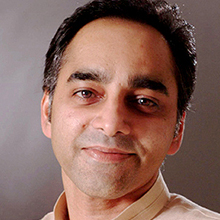
Shoaib Nabi
"In the perfect world this video would have been hosted independently with an online remixing facility attached. This would have allowed viewers to record their voice-over then and there, however due to a lack of technical and financial ability this was not possible." I very much see your point but you have made efforts otherwise to show this work which I appreciate.
I wish your idea of voice over picks up speed because the more people educate and are able to make fun of what is being sold to the the public in name of "good" is far more effective campaign than i believe guerilla tactics which although n some case very effective and has longterm results - I doubt would be effective for most of the cases. A few days of public coverage or high is not long- term solution.
Perhaps you might want to approach adbusters, or other advocacy groups to help promote this very potent approach that show much promise.
All the best George.

